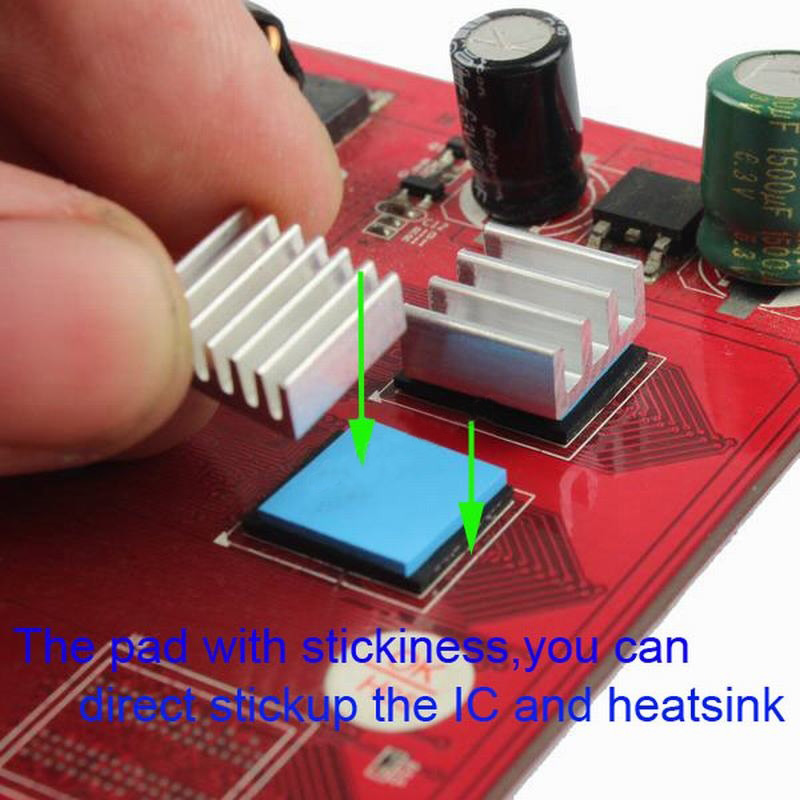When we talk about thermal pad, we will know that it's a pre-formed square or rectangle of solid material typically used with a central processing unit (CPU) and heatsink to create a better system of thermal conductivity.
Pad type of thermal material is often used instead of thermal paste since it is less messy than the paste and is sometimes included with a newly purchased heatsink rather than thermal paste. The thermal pad is typically less effective than thermal paste, however, so any computer user looking to overclock his or her CPU should consider using the paste rather than a pad.
Inside of electronics, the IC is connected directly to the PCBs. For the heat transfer to properly occur between the IC and the heatsink, they must come in contact as perfectly as possible. Microscopic flaws in the surface of the IC and heatsink, however, reduce this contact and lessen the effectiveness of a heatsink. A thermal pad or thermal paste is used to fill in any of the gaps from these flaws and create more effective heat transfer. The thermal pad is placed between the IC and heatsink and creates more flawless connectivity.
One of the main reasons that a thermal pad is typically less effective than thermal paste is that the pads are often made from graphite or a similar substance that does not provide the heat transfer that other materials do. Thermal paste is a very sticky compound about the consistency of a gel, usually made with silicone and zinc oxide. Other materials such as ground metals or even silver can also be used to increase the heat transference of thermal paste. These materials are not typically used in making a heatsink thermal pad, and cheaper pads are often made from less effective materials.


